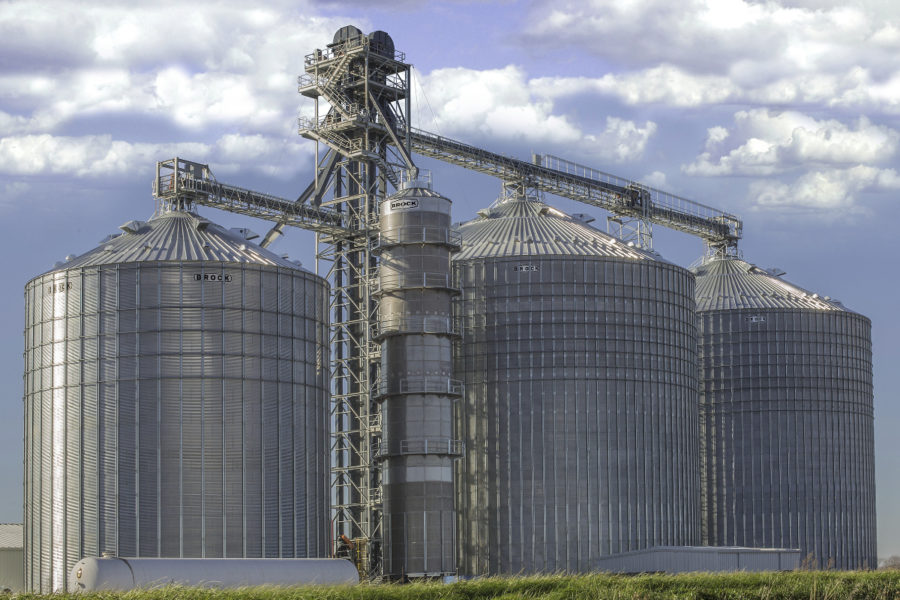Grain handling and storage is an essential part of the agricultural industry, and the proper management of grain can have a significant impact on its quality and value. Two key factors that can affect the handling and storage of grain are grain size and moisture content. Understanding the impact of these factors is crucial for farmers and grain handlers to properly manage and store grain.
Impact of Grain Size on Grain Handling and Storage:
Grain size can have a significant impact on the handling and storage of grain. Smaller grain sizes, such as wheat and barley, can be more difficult to handle and store than larger grains, such as corn and soybeans. This is because smaller grains can be more easily damaged, and their smaller size can make them more difficult to handle and transport.
In addition, smaller grains can have higher moisture content, which can lead to spoilage and reduced quality. Smaller grains tend to have a higher surface area to volume ratio, which makes them more susceptible to moisture absorption and mold growth. Proper handling and storage of small grains require extra attention to moisture content to prevent spoilage.
Larger grains, on the other hand, are generally easier to handle and store because of their size and weight. They are less susceptible to damage during handling and have a lower surface area to volume ratio, which makes them less likely to absorb moisture and less susceptible to mold growth.
Impact of Moisture Content on Grain Handling and Storage:
Moisture content is another critical factor that affects grain handling and storage. Moisture content can affect the quality and value of grain, as well as its susceptibility to spoilage and damage during handling and storage.
High moisture content can lead to spoilage, mold growth, and insect infestation, which can reduce the quality and value of the grain. Grain with a moisture content above the recommended level for storage can quickly spoil and become unusable. This can result in significant financial losses for farmers and grain handlers.
In addition to spoilage, high moisture content can also affect the handling and storage of grain. Grain with high moisture content can be more difficult to handle and transport, as it is more susceptible to damage during handling. It can also be more challenging to store, as it requires proper aeration and ventilation to prevent spoilage.
Low moisture content can also be problematic for grain handling and storage. Grain with low moisture content can become brittle and more susceptible to damage during handling. It can also be more challenging to process and transport, as it can be more difficult to flow through equipment and conveyors.
Proper Management of Grain Size and Moisture Content:
Proper management of grain size and moisture content is critical for successful grain handling and storage. This includes proper harvesting techniques, storage conditions, and ventilation.
Farmers and grain handlers should harvest grains at the optimal time to ensure the correct moisture content for storage. They should also properly dry and cool the grain to the recommended moisture content before storage.
During storage, it is essential to properly monitor the moisture content of the grain and maintain proper ventilation and aeration. This can help prevent spoilage and maintain the quality and value of the grain.
Additionally, proper handling techniques can help prevent damage to the grain during transportation and storage. This includes using proper equipment and avoiding overfilling storage facilities.
Conclusion:
Grain size and moisture content are two critical factors that impact the handling and storage of grain. Proper management of these factors is essential for maintaining the quality and value of the grain and preventing financial losses due to spoilage and damage. Farmers and grain handlers should pay close attention to these factors during harvesting, storage, and transportation to ensure the successful handling and storage of grain.

